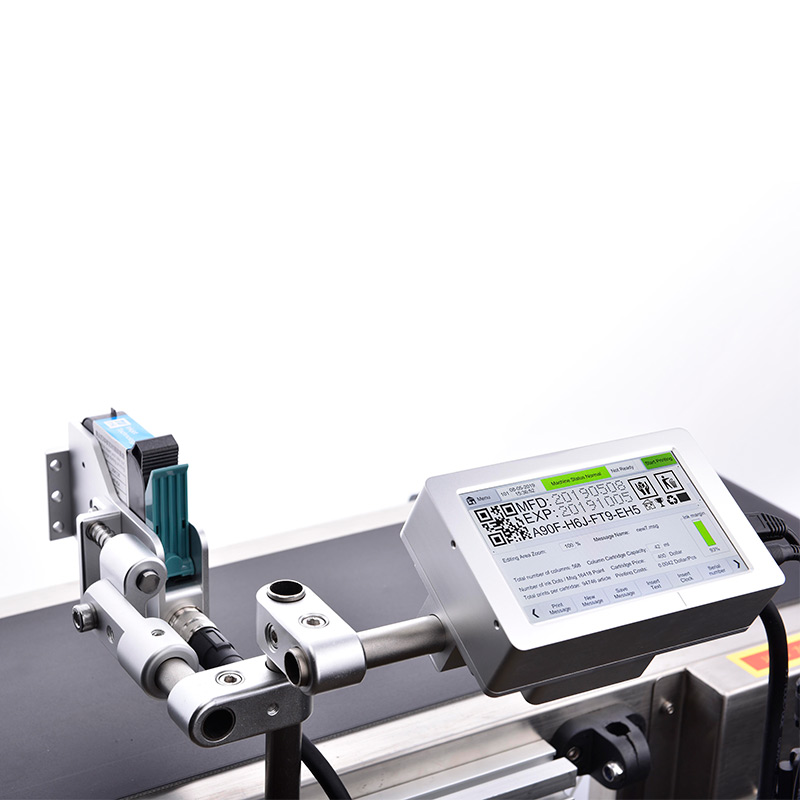As a TIJ System Supplier, share with you.
The reason for the rapid development of TIJ inkjet printers lies in the changes in the market. As more products begin to pay attention to packaging and the popularization of QR code applications, it is in our common product packaging.
More and more two-dimensional code printing needs began to be stimulated. At this time, many manufacturers began to look for marking equipment that could print variable codes in batches. TIJ highlighted its advantages and made people quickly notice the product.
Inkjet Printer
From the material point of view, they are more used in industrial product packaging, traceability of electronic products themselves, as well as various packaging box codes and packaging bag codes.
From the industry perspective, food, beverages, daily cosmetics, cables, building materials, pesticides, seeds, etc. have all begun to be applied on a large scale.
With the support of customers' demand for transcoding printing, some printing factories will also purchase a large number of TIJ inkjet printers to meet their large-format printing needs. The resolution can reach 300dpi, the ink dots are extremely small, and the printing definition standard is reached.
It should be noted here that TIJ series machines are mainly suitable for large-format, flat material surface printing and coding, but TIJ inkjet printers are still difficult to break through for objects similar to bottle caps and round objects.
The main reason is that the printing distance of thermal foaming is only 1-2 mm, which is shorter than the printing distance of CIJ (small character) inkjet printers, and the printing quality is more sensitive to material requirements, which requires a more stable production line and supporting facilities. equipment.
Thermal foam coding technology itself has the advantages of high resolution and high speed, and these two advantages are almost the common needs of end users.
However, the traditional thermal foaming technology has two main application limitations. One is that it is almost impossible to achieve the high adhesion coding effect on non-permeable materials; the other is that the spraying distance is short. If you can break through these two points, it may have a great impact on the traditional inkjet marking equipment market.
Our company also has Inkjet Printer on sale, welcome to contact us.

评论
发表评论